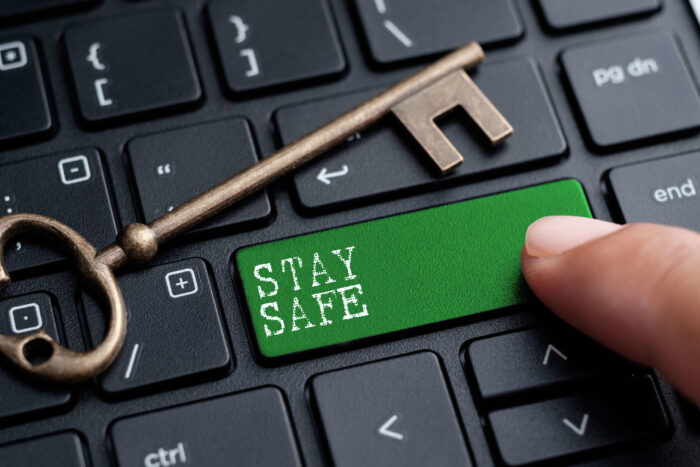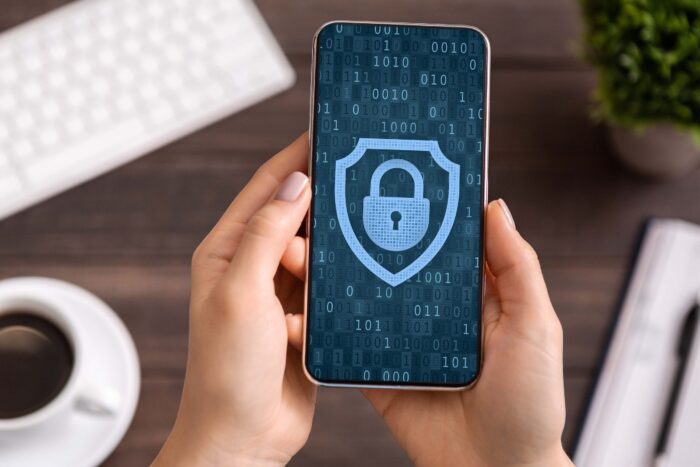There is something uniquely liberating about packing your bags and setting off on an expansive road trip across Australia. You get to explore some of the most bedazzling sights in the country, but that experience would not be complete if you didn’t have digital devices to capture all the memories.
Getting around Australia can be tricky, which is why keeping your devices safe is the key to enjoying a smooth trip. Here is how to do it right.

Protect your device against cyber threats
While a great Australian road trip will take you off the beaten track, you will still visit places where connecting to the internet is possible. However, you must wary about using public Wi-Fi. Many of the networks lack proper security protocols, leaving you at the risk of a data breach.
You could share your private information with a cybercriminal using a method known as a ‘man-in-the-middle’ attack, where your connection is silently intercepted. However, you can prevent that from happening by using Virtual Private Network (VPN) software.
A VPN creates a secure tunnel for your data, wrapping it in encryption protocols that keep the grubby paws of cybercriminals at bay. You can also enable Two-Factor Authentication (2FA) to protect important apps and accounts. Even if someone steals your device or password, they would still need your authorisation to gain access.
Staying Online Through Remote Connectivity
Visitors often underestimate just how big and remote parts of Australia can be. Once you are out of the cities and urban areas, mobile coverage starts to thin out fast. In some areas, you could go on for miles without getting a signal. But that doesn’t mean you have to be completely cut off from the internet. In those situations, you will need a portable Wi-Fi router that supports multi-network SIM cards.
They are handy gadgets that can automatically switch between networks depending on what’s available, helping you maintain service even as you cross through different mobile zones. Purchase one that supports a 5G network for the fastest speed and widest coverage. Whether you’re hoping to keep up to speed with the news or place bets online, they are an ideal travel companion.
The routers allow to access bet apps in Australia so you can keep track of your wagers or stay connected with what is happening around the world. If the network is high speed, you may even be able to watch events in real-time, giving you a chance to monitor the progress of your bets on the move.
Physically Protecting Your Mobile Device
Australian roads can be rough. If your devices are not properly protected, they could be damaged by everything from dust and moisture to heat and impact. Before getting on the road, you will need to get protection for your devices. A rugged case for your phone, tablet and camera would not be the worst idea in the world. Brands that use materials such as polycarbonate or TPU can absorb shock if your device is dropped, jolted or bumped.
These cases are designed to survive the toughest adventures. If you are heading to an environment that’s sandy or covered by water, such as a beach picnic or kayak trip, you may want to invest in IP68-rated cases or pouches.
They are built to handle dust and protect your phone from drowning, but only for a short period. Installing a phone or tablet mount in the car is also a good idea. Navigation apps are important, but it is dangerous to use your device while driving unless it is mounted properly.

Avoiding Theft and Keeping Track
Australia is one of the safest countries in the world. However, your devices can be stolen if they are not properly protected, so it pays to be vigilant. Preventing loss or theft is just as important as protecting your device from environmental damage. The best way to do that is to tuck your devices away.
Leaving them visible on the car seat or dashboard can tempt opportunistic thieves. It is also important to have tools that you can use to track your devices.
Before you hit the road, activate ‘Find My iPhone’ for Apple users or ‘Find My Device’ on Android. They will help you track, lock or erase your device remotely if it goes missing.
You can also use Bluetooth trackers such as Tile. Attach one to your bag or laptop, so even if your device goes offline, the tracker can help locate it via nearby devices.
